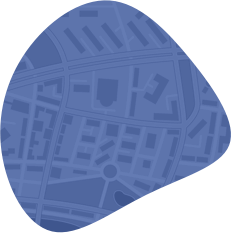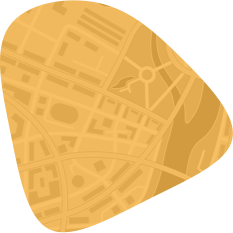
Pedestrians are more likely than drivers and others on the road to sustain broken bones. Without the protection of airbags, seat belts and structural frames, they are the most vulnerable people on the road.
Typically, when a car hits a pedestrian at a speed of 45 mph or greater, the likelihood of a pedestrian surviving a crash is slim. Pedestrians who do survive being hit by cars often sustain serious and multiple bone fractures, which can happen at low speeds.
If you were injured in a pedestrian accident, it's important that you promptly schedule an appointment with an experienced bone doctor. Island Musculoskeletal Care MD, PC can offer an accurate diagnosis and determine which treatment would be help you recover.
What types of fractures are pedestrians likely to sustain?
These include:
- Open fractures — a bone breaks through the skin.
- Closed fractures — a bone fracture occurs without breaking through the skin.
- Displaced fractures — bone fragments become separated.
- Non-displaced fractures — bone fragments stay in alignment.
The bumper usually meets the legs first, causing injuries to the tibia, femur, knees and hips. When a pedestrian is thrown into the air or over a car, upper body fractures to the arms, wrists, spine, ribs, fingers, and the skull can occur.
What complications can arise from bone fractures?
Bone fractures that occur in pedestrian accidents can also lead to other complications, including:
- Osteomyelitis: Bacterial infections can occur through open fractures. One, in particular, is osteomyelitis, which is an infection of the impacted bone. This can lead to an increase in pain and inflammation, as well as fevers and chills. People who suffer from diabetes or kidney failure have a greater chance of developing osteomyelitis than those who don't. This type of infection is often difficult to deal with, but can be treated with surgery to remove dead bone tissue.
- Nerve and tissue damage: At the site of a fracture, the surrounding nerves and connective tissue can be damaged or inflamed. This can result in pain and swelling of the tissue.
- Delayed healing: If a bone stays in alignment after a fracture, it could heal over time. Without the help of an experienced bone doctor, the process will be delayed. In addition, there is a great likelihood of further injuries occurring.
- Bone misalignment: Bone fractures that aren't promptly or properly cared for can result in permanent misalignment when bones heal without being held in place.
Schedule your appointment with an orthopedic surgeon if you were hit by a car
If you were hurt in a pedestrian accident, it's important that you get the best care possible. The board-certified orthopedic surgeons at Island Musculoskeletal Care MD, PC are dedicated to helping injured pedestrians recover from their injuries.
We serve clients in the five boroughs of New York City. To find out how we can help you, simply fill out our contact form.






















